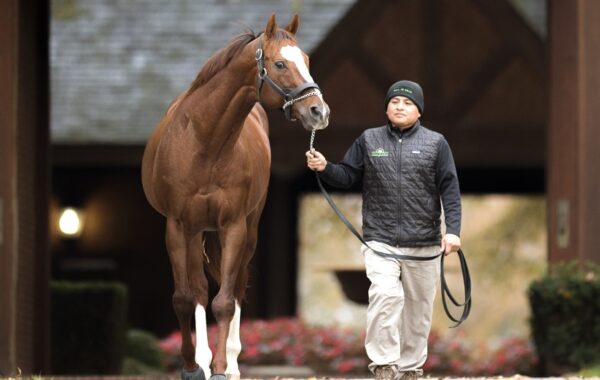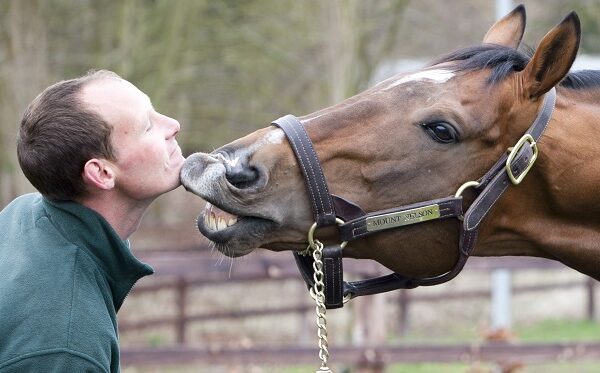Legal rulings can have unforeseen implications but there can be no doubting the consequences should Arena Racing Company bring a successful legal challenge to the fixture allocation process being implemented by the British Horseracing Authority.
The possibility arises because ARC is piqued by new criteria the BHA has introduced for the allocation of leasehold fixtures in 2015. By all accounts, it did not mince its words in a leaked letter to the BHA, describing the process as “unfair, discriminatory, abusive and potentially unlawful.”
However, a successful challenge from ARC will not just cause those criteria to be redrafted. It threatens to remove the BHA’s control of key aspects of the fixture list, which it exercises for the greater good of racing. An inevitable consequence could well be a fixtures free-for-all that would allow racecourses to pursue their own interests, with the consequence of damaging the sport as a whole.
The BHA must robustly defend the principles for which it stands
There are already glaring examples where this has come to pass. A decade ago racecourses benefited from the Office of Fair Trading’s ill-informed ruling which dismantled the BHA policy preventing tracks within close proximity from staging fixtures on the same day. In consequence, we often see two or three meetings unfolding within a 50-mile radius, with no other fixtures scheduled for the rest of Britain.
This is hardly in the sport’s best interests. It impacts on attendances and increases travelling costs for owners, but that would be as nothing were ARC successfully able to loosen the BHA’s current approach to fixtures. The BHA would effectively become a toothless tiger in its efforts to balance racing’s diverse requirements for the general good.
In many ways ARC’s threat comes as no surprise, since ownership of fixtures is not black and white. The incentive to race has increased in tandem with increased income from media rights but a well-balanced fixture list, taking into account all the myriad factors, is a fundamental requirement.
The BHA maintains it has reached its position on leasehold fixtures only after extensive legal advice. It introduced a ‘sporting performance’ element to complement the amount of prize-money bid by racecourses after an industry-wide consultation process lasting many months.
For its part, ARC argues that fixtures should be allocated as of old, without the ‘sporting performance’ index. Of course, there is a self-fulfilling prophecy in its desire to see prize-money bids proving decisive. Racecourses that pay less prize-money to core fixtures retain more funds to bid for these extra meetings.
On a separate issue, ARC has found evidence of several race meetings that failed to adhere to BHA rules relating to the range of race distances allowed. This was the basis for the BHA’s refusal to sanction ARC’s floodlit fixtures at Newcastle. While the BHA should not escape censure for being willing on too many occasions to provide a temporary exemption to the rule at other tracks, it is still right to stand firm against ARC’s legal posturing. Again, the BHA’s position is wholly supported by the ROA and the Horsemen’s Group.
The BHA must robustly defend the principles for which it stands: namely, the betterment of racing in Britain. The ‘sporting performance’ litmus is a welcome step down the road of quality control, without which a deal of British racing’s diversity – itself a vital element in the recruitment and retention of owners, and the racing public – would be under threat. Those who want to see the sport purely from the pages of a balance sheet are entitled to do so but owners require them to acknowledge the bigger picture.
ARC does itself few favours by its failure to engage more meaningfully with other participants in the sport. This creates the impression it pursues its own agenda, irrespective of the implications for racing. Its legal threat and attitude over fixture allocation serves only to endorse that impression. For that reason amongst others, it is important for the BHA to stand tall.





